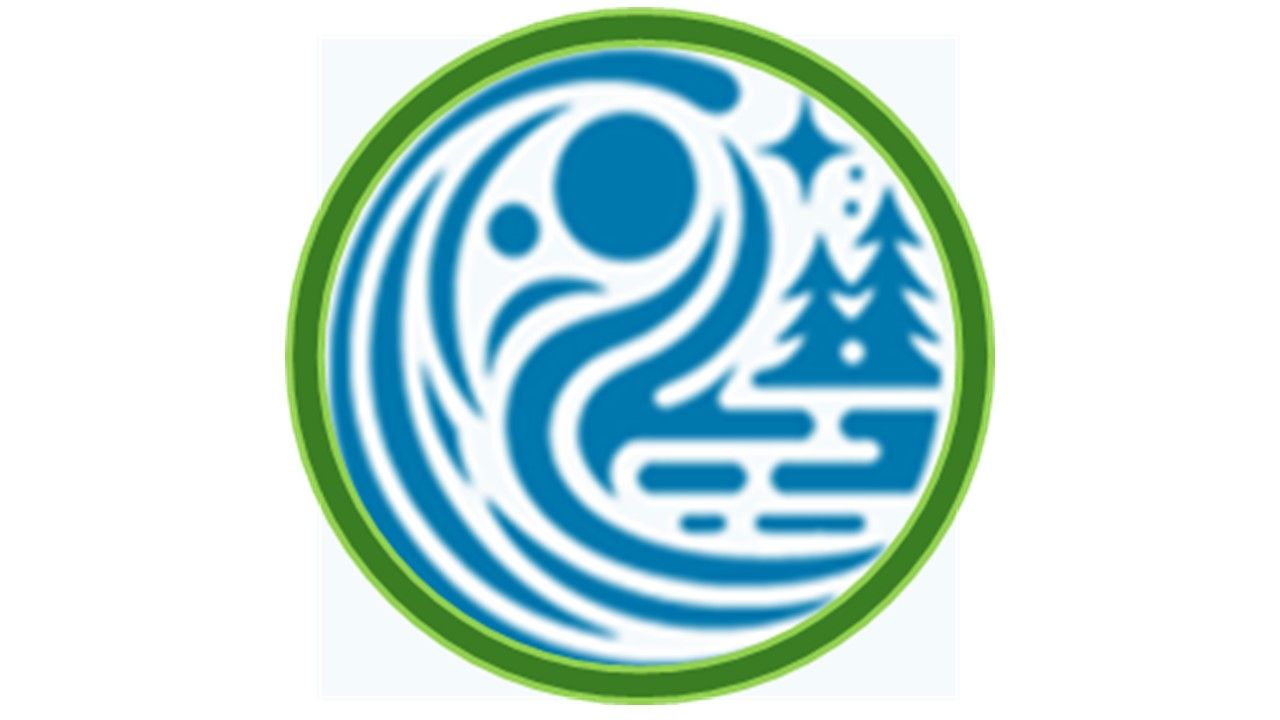Debunking Myths About Indigenous Communities in Canada
Understanding Indigenous Communities in Canada
Indigenous communities in Canada are diverse, vibrant, and integral to the nation's cultural fabric. However, misconceptions and stereotypes often cloud the true understanding of these communities. In this post, we aim to debunk some common myths and shed light on the rich heritage and contributions of Indigenous peoples.
One pervasive myth is that Indigenous cultures are monolithic and unchanging. In reality, there are over 600 distinct First Nations, Inuit, and Métis communities in Canada, each with its own unique traditions, languages, and histories. This diversity is a testament to the resilience and adaptability of Indigenous peoples throughout Canada's history.

Myth: Indigenous People Do Not Pay Taxes
A common misconception is that all Indigenous people in Canada are exempt from paying taxes. While certain tax exemptions exist under specific conditions, such as living on a reserve, many Indigenous individuals and businesses pay taxes just like other Canadians. It's crucial to understand that these tax exceptions are part of treaty rights negotiated between Indigenous communities and the government.
Myth: Indigenous Communities Are Only Rural
Another myth is that Indigenous people only live in rural or remote areas. In fact, a significant portion of Indigenous populations reside in urban centers across Canada. Urban Indigenous communities are growing and contributing to the cultural and economic vibrancy of cities.

Myth: Indigenous Rights Are a Hindrance to Development
Some believe that recognizing Indigenous rights impedes economic development. However, many successful partnerships between Indigenous communities and businesses demonstrate that respecting these rights can lead to mutually beneficial outcomes. Collaborative projects often promote sustainable development that respects both the environment and cultural heritage.
Myth: Indigenous Cultures Are Stuck in the Past
The idea that Indigenous cultures are static relics of the past overlooks the dynamic nature of these societies. Indigenous communities continuously innovate while preserving their traditions. They embrace modern technology, participate in global discussions, and contribute to various fields such as art, science, and politics.

Debunking Stereotypes for a Better Future
It's essential to challenge stereotypes and misconceptions about Indigenous communities to foster understanding and reconciliation. By acknowledging the diversity and contributions of Indigenous peoples, we can build a more inclusive society where every voice is valued.
Education plays a crucial role in this process. Schools, media, and public institutions must provide accurate representations of Indigenous history and contemporary life. Encouraging dialogue and cultural exchange can help dismantle myths and promote mutual respect.
Conclusion
Debunking myths about Indigenous communities in Canada requires a commitment to learning and understanding. By dispelling these misconceptions, we not only honor the rich legacy of Indigenous peoples but also pave the way for a more inclusive future. Let us all strive to support the rights and cultures of Indigenous communities as an essential part of Canada's identity.
